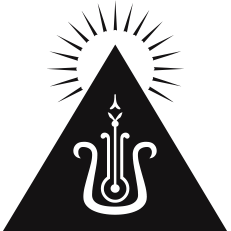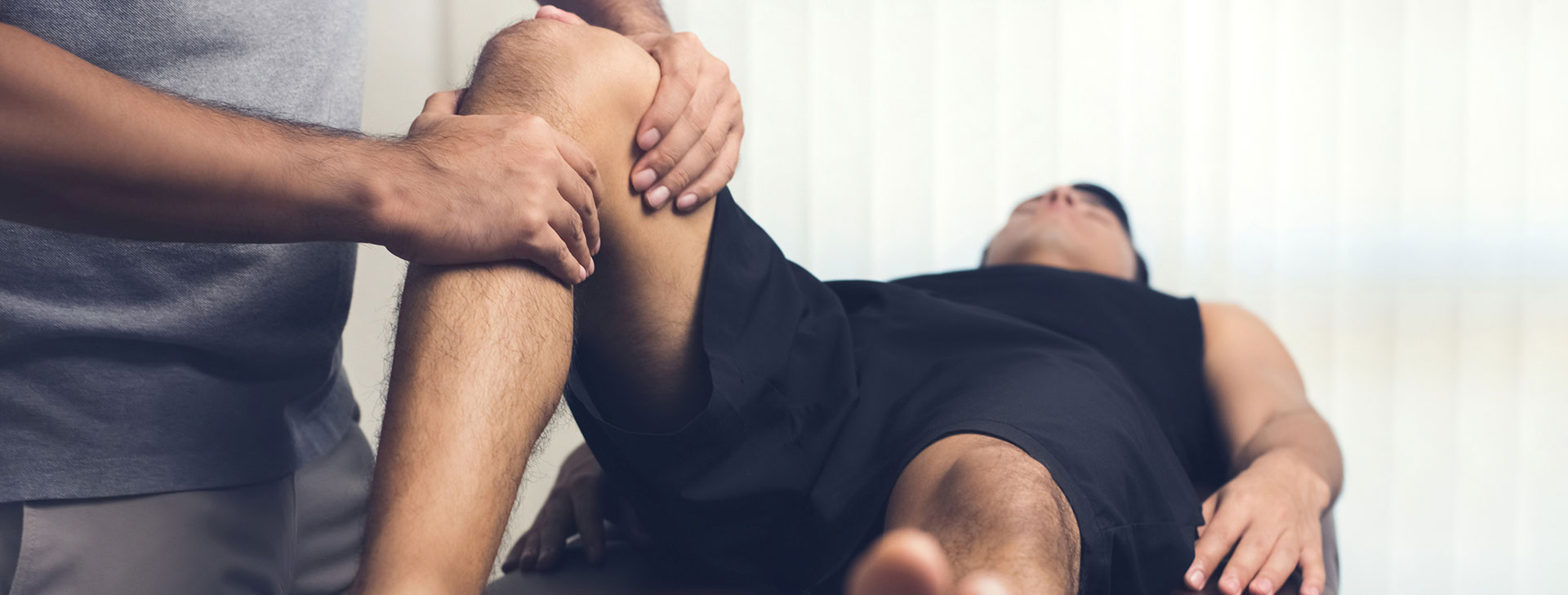Over the past 15 years, I’ve learned so much about back pain, sciatica, sports injuries, auto accident-related injuries, chronic tension, muscle spasms, stress, headaches, postural and movement disorders, abnormal breathing patterns, inflammatory processes, immune function, homeostasis and the overruling qualities of the nervous system. I’ve learned from colleagues, therapists, and doctors that I worked with. I’ve also learned a great deal from reading scientific papers so readily available today on the Internet. But the wealth of practical clinical knowledge I acquired came from thousands of patients I worked with so closely in the clinical quarters.
I remember the period in 2011 when my time with patients sixty-minute for treatment to four-five minutes. I was surprised when my techniques worked even in that short time. I had to come up with a process to relax the patient, do the manual work, and stay on target as far as their clinical treatment plan and visits were concerned. It was tough, but I got it done, and it worked. I’ve dedicated my life to being the best at manual therapy. I don’t think I’m there yet, but people say I’m good at what I do. And together we get results, and we get them fast.
I think my success is due to my interest in other disciplines and practices I’ve studied and maintained for years. For example, the concept of tension and relaxation that I use comes from physics and can be applied in neuromuscular manual work. Understanding practical psychology concepts can help us tap into the subconscious or unconscious processes and help us relax the mind much faster by surpassing the conscious mind. There are so many different manual and somatic techniques, concepts, and controls from yoga, qigong, martial arts, meditation that I utilized as a resource in my treatments. During a single session, I might use three-dozen different techniques and protocols. It all depends on each individual case.
I know it might sound too good to be true, but it is. My style of manual, massage therapy yields 20%-60% improvements and relief immediately, right after the first session. And if your condition is new and mild, one session might be just what your body needs. In most cases, conditions are chronic to a certain degree. So the work needs to be repeated as required for the improvements to become permanent.
Massage, manual therapy, in general, is all about changing the physiological conditions in the body. And we all know that physical changes in the body can happen only through incremental change and over time. So it takes time. It could take one session, five sessions, or twenty-five. It all on the individual condition and how well you’ve been taking care of your body, plus the genetics, by default. But if you get relief from the first session, we can get you on the right track. You also have to be proactive with maintenance of the changes we achieve through proper exercise and proper dietary choices. This is the only long-term solution. Management of conditions, medical tests, regular check-ups in addition to preventative strategies, and self-regulation will get you back to normal.
So, please give me a call or email me about your condition and let’s see if I can be of any assistance to you. Usually, for the first treatment, people come in for a sixty-minute treatment to try and see if it would for them. And typically, they feel little better right after the first visit, little less pain and feel ok for a day or two after. Based on your condition and my findings from the first visit, I’ll make a recommendation for a treatment plan. I will also make suggestions about what else could be done to improve your situation.
So, please feel free to give me a call at 732-766-0897 or email me at hi@zar.ink so we can talk about your condition and hopefully help you feel better.
Massage Therapy Techniques
- Clinical Massage
- Qigong Massage
- Shiatsu Massage
- Somatic Massage
- Swedish Massage
- Prenatal Massage
- Couples Massages
- Deep Tissue Massage
- Neuromuscular Massage
- Onsite Corporate Chair Massage

